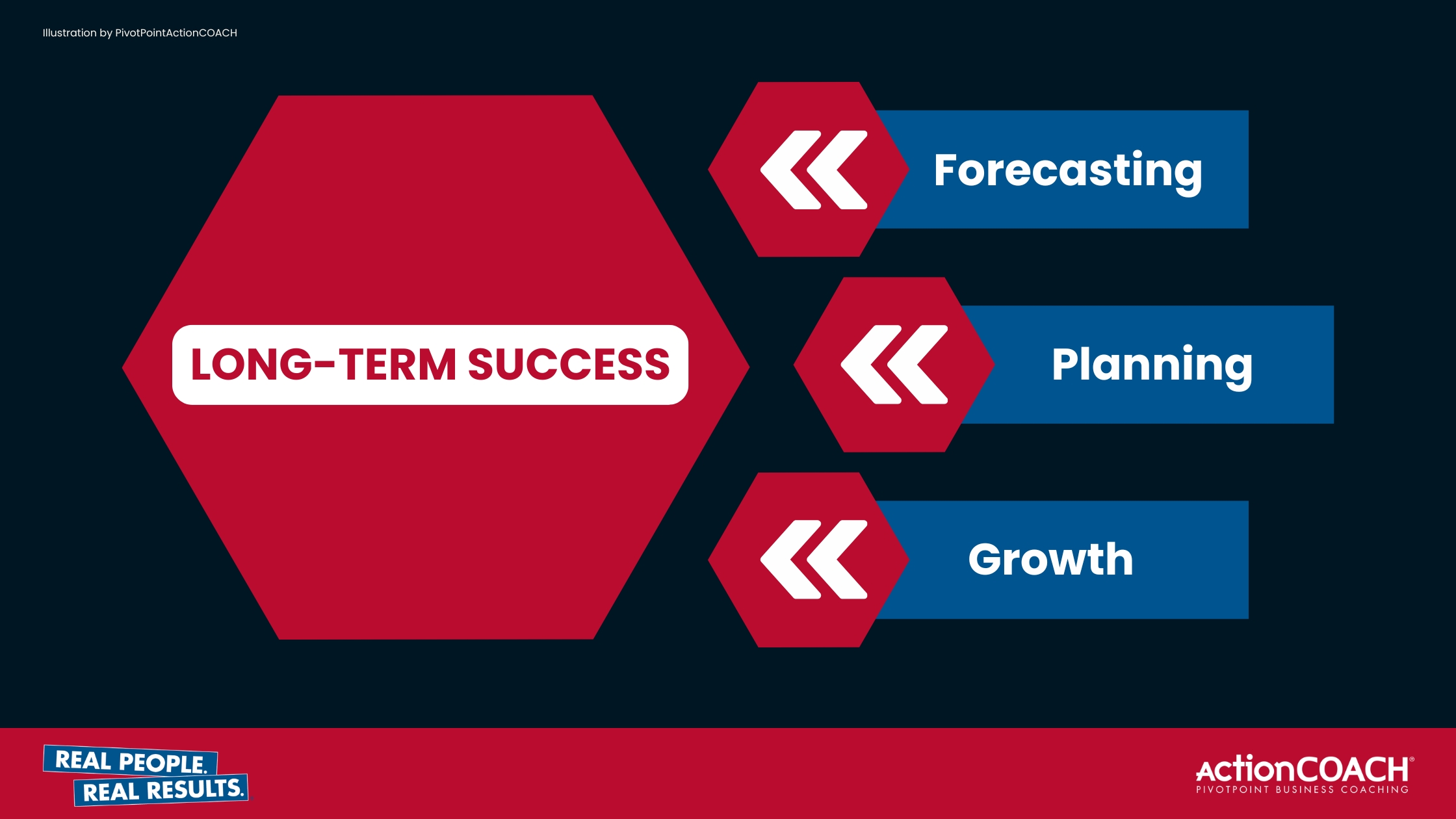
The Power of Financial Forecasting in Business Planning: A Path to Sustainable Growth
Why Financial Forecasting Matters More Than Ever
As a business owner or leader, you’ve likely set ambitious goals—but what if there was a way to predict your financial future with more accuracy? That’s where financial forecasting comes in. This essential tool allows you to plan ahead, adjust strategies, and avoid surprises. Imagine being able to foresee potential obstacles before they impact your business. Curious how financial forecasting and business planning work hand in hand? Keep reading to discover how this powerful combination can help you make smarter decisions and set your business on the path to long-term success.
1. What is Financial Forecasting, and Why Should You Care?
At its core, financial forecasting is the process of predicting a company’s future financial outcomes based on historical data, trends, and assumptions. It’s a bit like looking into a crystal ball—but with actual numbers behind it. By forecasting your finances, you can:

Plan for growth.
Identify risks.
Allocate resources efficiently.
Without it, you're navigating your business without a roadmap, making it harder to reach your destination. Whether you’re looking to secure funding or simply improve cash flow, accurate forecasts are essential.
2. Business Planning: The Blueprint for Your Future
Business planning goes hand in hand with forecasting. While forecasting gives you the numbers to work with, business planning puts them into action. A strong plan outlines:
Goals and objectives: What are you aiming for in the next year?
Revenue targets: How much do you want to earn, and by when?
Expenses and budgets: How will you manage costs?
Cash flow projections: What’s coming in, and what’s going out?
By aligning your business planning with accurate financial forecasts, you create a solid foundation for both short-term and long-term success.
3. The Key Components of Financial Forecasting
For a forecast to be useful, it must be thorough. Here are the main components of a solid financial forecast:
Sales forecast: Based on market trends, historical data, and marketing strategies.
Expense forecast: Predicting operational costs, including payroll, overhead, and supplies.
Profit and loss forecast: Estimating your profit margins after considering revenues and expenses.
Cash flow forecast: Projecting cash inflows and outflows, ensuring you have enough liquidity to cover day-to-day expenses.
4. Benefits of Financial Forecasting in Business Planning
When done right, financial forecasting offers several advantages:
Informed decision-making: Make better strategic choices based on data, not guesswork.
Improved budgeting: Allocate resources more efficiently, ensuring no area of your business is underfunded.

Risk management: Identify potential financial risks before they become problems.
Better investor relations: A clear forecast shows investors you're prepared for the future, boosting confidence.
5. Common Mistakes in Financial Forecasting and How to Avoid Them
Even seasoned entrepreneurs can fall into traps when forecasting. Here are some common mistakes to avoid:
Over-optimism: While it’s important to be hopeful, overly ambitious revenue targets can lead to disappointments.
Ignoring external factors: Not accounting for market fluctuations or unforeseen events can skew forecasts.
Not revisiting forecasts regularly: Forecasts should be living documents—updated quarterly or monthly to stay relevant.
6. How to Use Financial Forecasting to Drive Growth
Financial forecasting isn’t just for maintaining the status quo—it’s a tool for growth. Here’s how you can leverage it for expansion:
Track progress: Regularly compare actual results to forecasted ones, adjusting as necessary.
Adapt to changes: Use forecasting to pivot your strategy based on market trends or unexpected opportunities.
Plan for scalability: Financial forecasts give you insight into how you can scale up operations while keeping costs in check.
7. What Happens When You Don’t Do Financial Forecasting?
Failing to forecast your finances can lead to poor decision-making, missed opportunities, and financial strain.

Without it, you risk facing cash flow issues, accumulating debt, or running out of working capital.
On the flip side, accurate forecasting can help you confidently grow your business without the guesswork.
Conclusion: The Roadmap to Financial Success Through Forecasting and Planning
By reading this blog, you’ve learned:
How financial forecasting helps predict and prepare for the future.
Why business planning is essential for turning forecasts into actionable steps.
The key components of creating an accurate financial forecast.
Common pitfalls and how to avoid them.

Understanding these concepts is the first step toward securing your business’s financial future. When used effectively, financial forecasting and business planning provide a strategic advantage, guiding your decisions and empowering you to reach your goals faster.
Ready to Take Control of Your Financial Future?
Don’t let uncertainty hold you back. Book a complimentary strategy call today to create a customized financial forecast and business plan tailored to your goals. Let’s work together to map out the path to your business’s long-term success.
Share This Post
Found this blog helpful? Share it with your network, and let’s help others achieve financial clarity and business success!
CRAVING MORE INSIGHTS?
Stay in the Loop! Sign up for updates and be the first to know when we post—just 3-4 times a month.
Copyrights 2024 | PivotPointActionCoach | Terms & Conditions | Privacy
